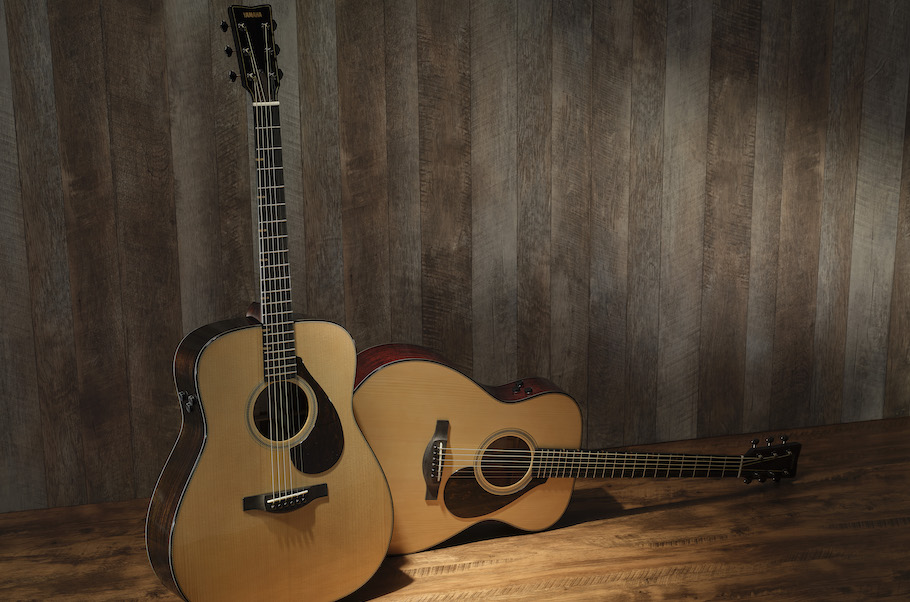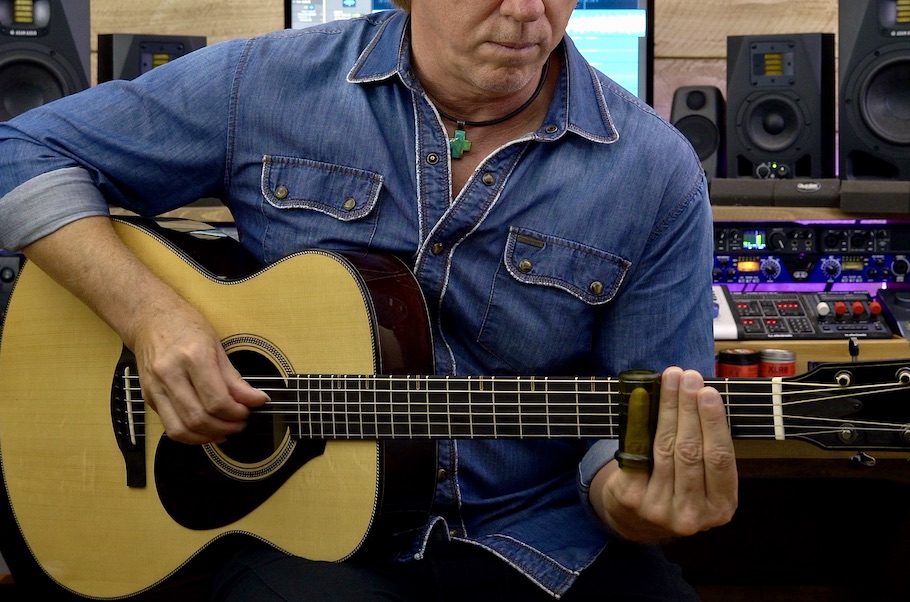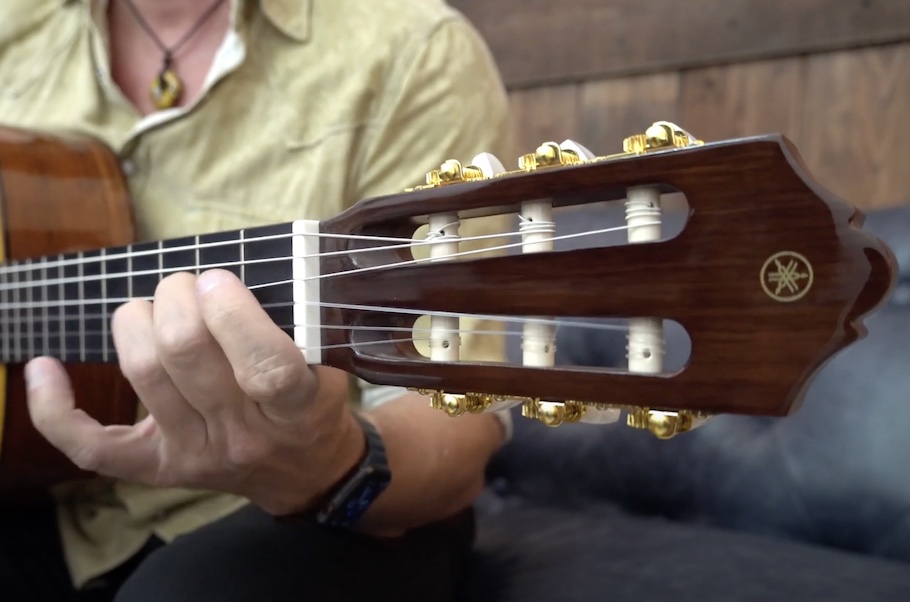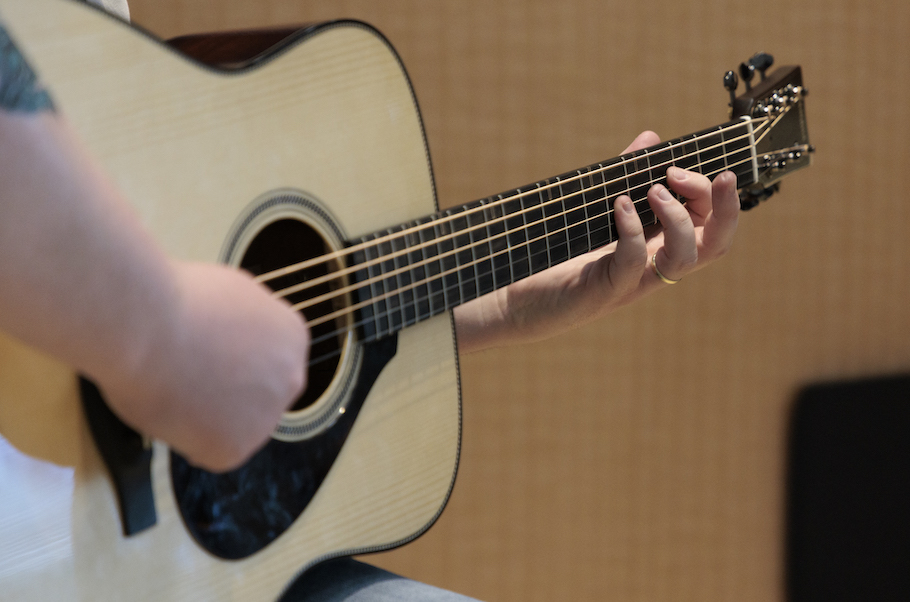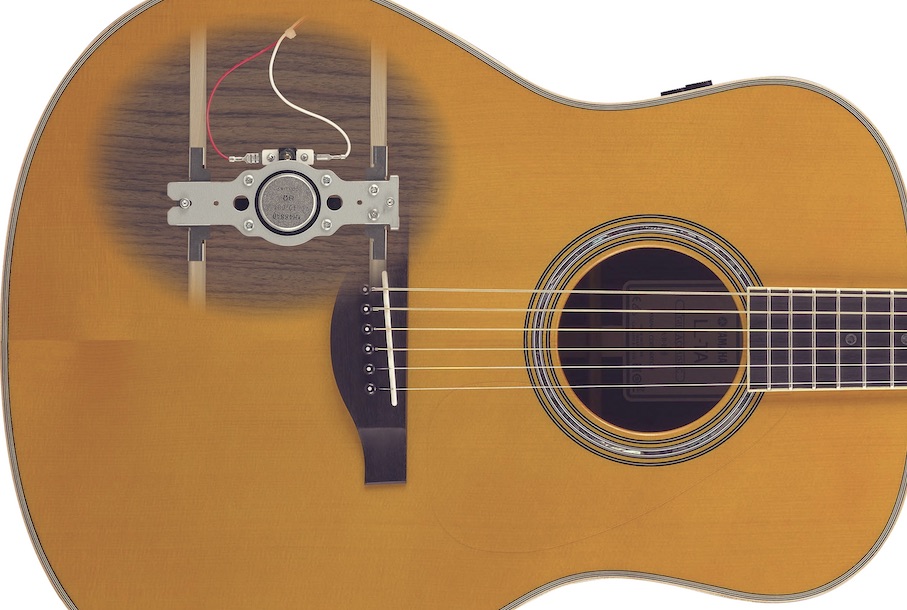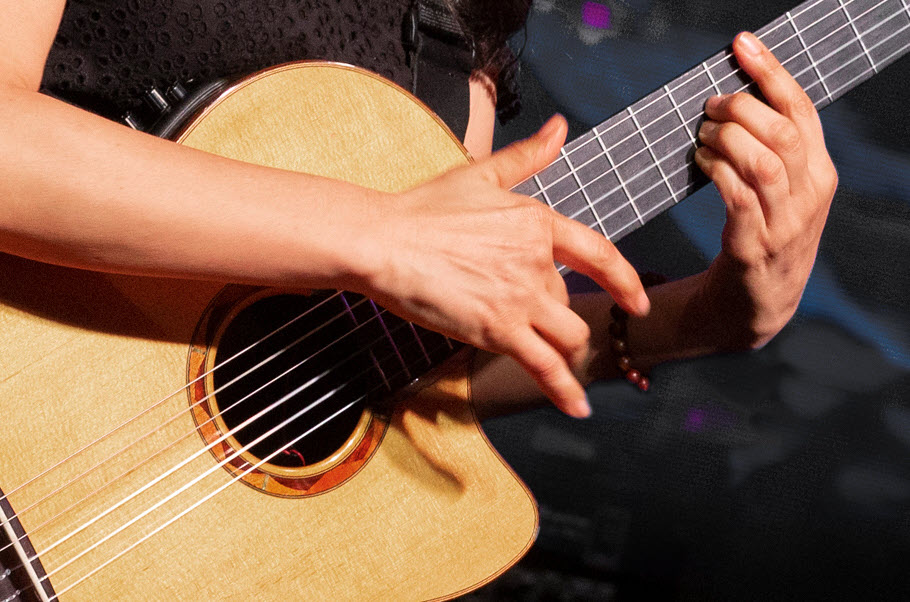The Principles of Musical Architecture
… and the ways they can guide you in your choice of guitar.
When I write songs, produce an artist or mix a project, I think in terms of architecture: musical architecture. I try to build a strong foundation on which to add multiple layers, weaving instrumentation into composition, with air and space providing the mortar that binds it all together.
Consider the tempo as being like the grading of land — the initial preparation for the blueprint (your song canvas) to be executed. Using that analogy, the kick drum pulse serves as the first pour of concrete slab; the snare, hi-hat, tom and percussion grooves define where the dividing walls will stand.
The bass guitar underpins and supports the foundation of the song with root and chordal/tone frameworks from which each tonal “floor” will ascend. Open-position triad chords strummed on an acoustic guitar ring out as the first floor of harmonic progression, while sweet 7th chords and piano inversions add color and additional floors of harmonic variation. The placement, phrasing and “pocket” that each instrument finds in the groove serve as the load-bearing and dividing walls, defining space and flow within the overall song construction.
Then come the melodies that adorn the musical structures we design. I often think of these as the intricate millwork, fabric, furnishings and brush strokes that take the limelight — the top-line notes that reside within the walls of chordal harmony.
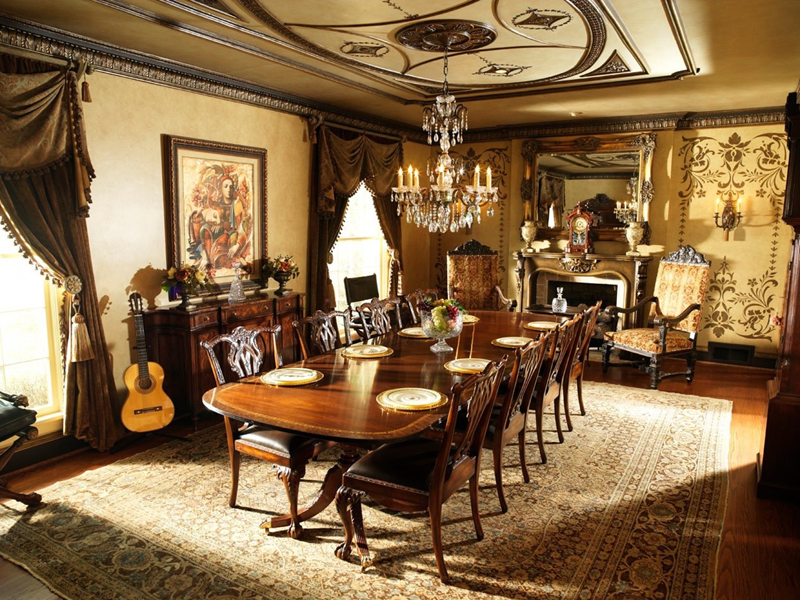
Lyrics provide the roof and complete the edifice; personal, relatable words, delivered by the human voice in emotional performances of rhythm, rhyme and melody.
It’s only when we have a roadmap, a pre-production floor plan and a great team of musicians that we can forge our song into a residence that will stand for a very long time.
I’m expressing music to you in these terms because I often use visuals as a reminder of how I’d like my audio palette to sound. I mix tracks from left to right and from low to high, and I like to support each instrument with the one below it. Live performances can adhere to the same principles of musical architecture: a pyramid of lows to highs. And even the solo performer can select an instrument that fully supports the tone and volume of their voice.
As a singer/songwriter/performer, I am finely attuned to the frequency ranges and volume that many acoustic guitars offer. A full sized guitar like the FG-TA TransAcoustic, for example, may offer more bass and mid-range response than the compact, short-scale CSF3M parlor guitar, but which instrument is the best option to support my voice, complement my vocal range and not overpower me in an acoustic environment? These are the questions I ask myself when selecting an acoustic guitar.
The Challenge
I thought it would be interesting to record three different acoustic guitar shapes and sizes to compare their tones and find the best fit to support my voice. I know the guitar tone-woods will also have an effect on the sound but the purpose of this experiment was to get a general idea of how each instrument’s frequencies work with my vocal tone, and the song being played.
I decided to keep the vocal and guitar tracks totally separate so that none of the guitars would have an influence on how I sang the song, so I recorded my vocal over a piano and percussion track and then replaced those backing tracks with acoustic guitars once the vocal was finished.
The guitars I chose for the recording (and the video below) were as follows:
- Yamaha FG-TA – A full-size western-style guitar with mahogany back and sides and a solid spruce top.
- Yamaha A Series AC5R – A concert-size body with a cutaway, a solid rosewood back and sides, and a solid Sitka spruce top.
- Yamaha CSF3M – A parlor guitar with a short-scale neck, a solid mahogany back and sides, and a solid Sitka spruce top.
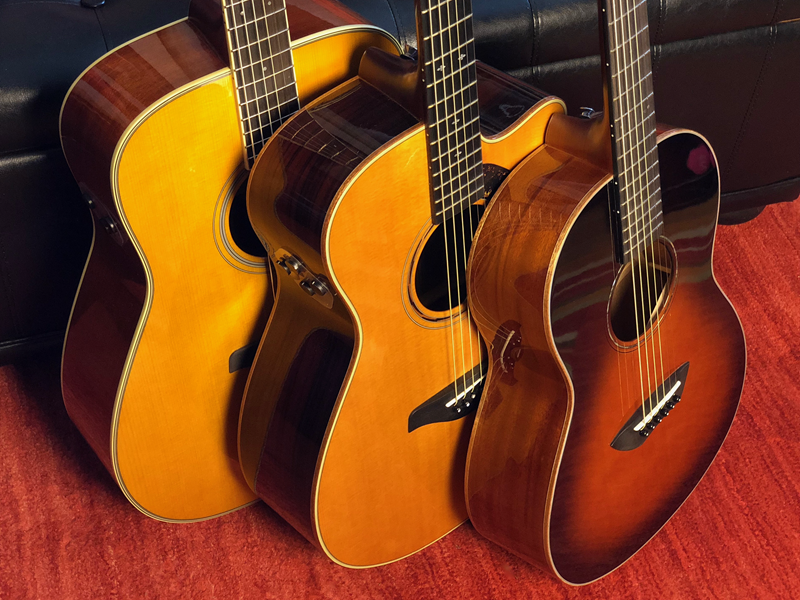
My voice tends to occupy the lower frequency ranges, so I was really curious to hear how each guitar would support my vocal tone. While recording, I tried to keep the dynamics of my performance consistent, letting the instruments provide the tone and volume naturally. I used a tube microphone running into a tube preamp (with the EQ set flat) to capture both the guitar and vocals.
When recording the guitar parts, the mic was placed approximately 12 inches from the neck at a 45-degree angle to the 14th fret of each instrument. I then double-tracked each and panned the first take hard left and the second take hard right in the mix. I added a little Hall Reverb for ambience, but no compression was used on the guitars.
The Video
As you watch the video, try to focus not just on the tonal differences between the three guitars, but, more importantly, the way each blends with my voice. I felt that the two mahogany body guitars (the FG-TA and the CSF3M) sounded brighter to my ears and let my vocals sit out front of the performance better; I also think that either would sit nicely in a dense mix of multiple instruments. The rosewood AC5R sounds nice and warm to me — perfect for solo acoustic gigs — but I found myself listening to the guitar instead of the vocals in the recording.
The Wrap-Up
The vocal melody is the most important aspect of any song, and the instrument choices we make can either enhance or detract from the end result. Using the instrument that best supports the vocal is therefore key to getting optimum results.
Of course, there are many other factors that go into deciding which guitar to buy, such as comfort and playability — how it feels to your hands and body. And sure, we also want our instruments to look cool on stage … but not to the detriment of our music. So the next time you’re considering a new guitar, listen carefully to the tone, volume and sound it produces when accompanying your voice and ask yourself this important question: Does this instrument support, complement and allow your vocals to shine as the focal point in the performance? If it does, your choice just became a lot easier.
Photographs courtesy of the author.
Check out Robbie’s other postings.
Want to know more about how different woods affect the sound of guitars? Check out our blog article “A Brief Guide to Acoustic Guitar Tonewoods.”
Click here for more information about Yamaha acoustic guitars.










